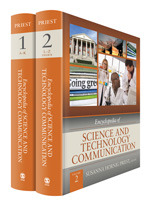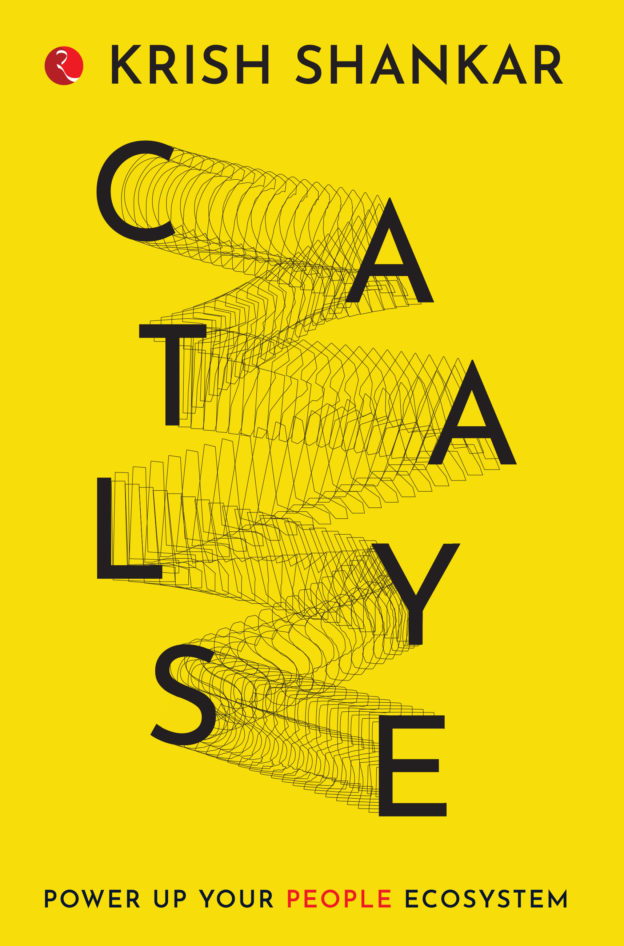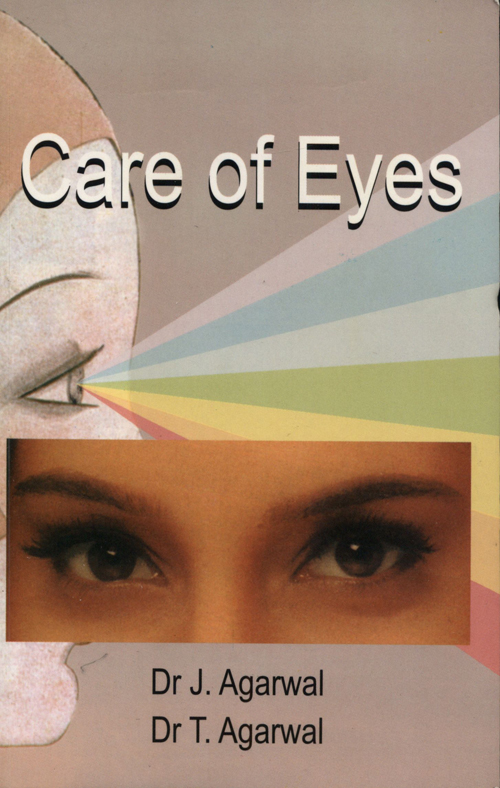Encyclopedia of Science and Technology Communication
Availability :
In Stock
₹ 31,549.50
M.R.P.:₹ 38950
You
Save: ₹7,400.50 (19.00% OFF)
(Inclusive
of all taxes)
Delivery:
₹ 0.00 Delivery charge
Author:
Susanna Horning Priest
Publisher:
SAGE Publications Inc
Edition:
1st Edition
ISBN-13:
9781412959209
Publishing Year:
August 2010
No. of Pages:
1144
Weight:
3 kg 600 grm
Language:
Unknown
Book Binding:
Hardcover











